Embarking on a gardening journey can feel both thrilling and daunting, especially when faced with the myriad of plant choices out there. For those just dipping their toes into the world of greenery, or even seasoned gardeners looking to expand their collection with minimal fuss, choosing the right plants can make all the difference. Enter the realm of low-maintenance plants—your ticket to a flourishing garden without the constant worry of upkeep. These botanical beauties are not only resilient but also offer a lush, vibrant presence with minimal effort.
Many gardeners often find themselves overwhelmed by plants that demand constant attention, watering, and pruning. However, with the right selection, your garden can thrive on its own, allowing you to enjoy the benefits of nature’s serenity without the stress. In this article, we’ll guide you through a selection of gorgeous, easy-care plants that are perfect for beginners looking to cultivate their green thumb. Experienced gardeners will also discover new favorites that require less time but deliver just as much beauty and satisfaction.
Whether you’re starting out with a few pots on a balcony or planning a sprawling backyard oasis, these low-maintenance options will help you achieve a lush garden that complements your lifestyle. We’ll delve into the unique characteristics of each plant, offer tips on their care, and highlight the best conditions for their growth. By the time you finish, you’ll feel empowered to create a garden space that not only looks spectacular but also gives you the freedom to relax and enjoy the fruits of your (minimal) labor.
Choosing Easy-Care Plant Varieties
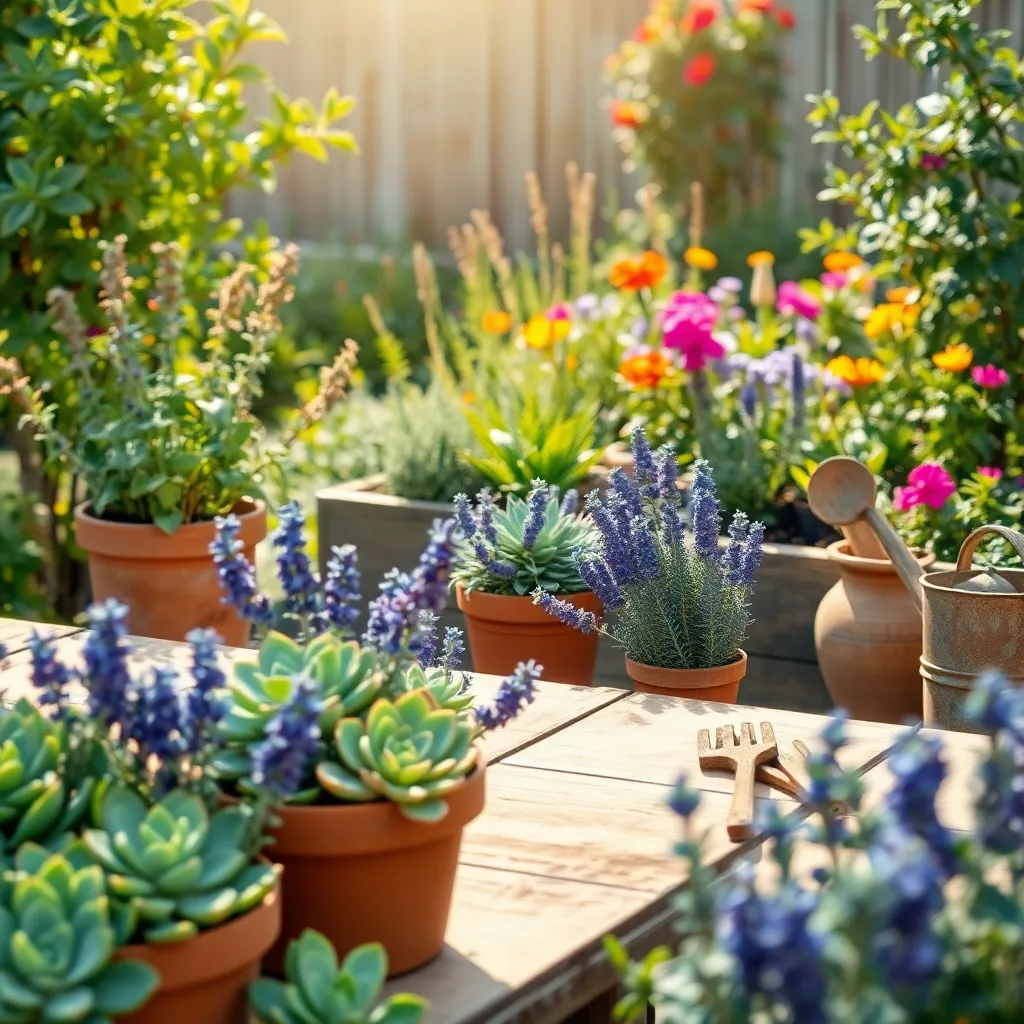
When selecting easy-care plant varieties, consider those with resilient characteristics that thrive in a variety of conditions. Succulents, for example, are an excellent choice because they require minimal watering and can tolerate a range of light levels.
It’s crucial to choose plants that match your environmental conditions to minimize maintenance. Ferns are a great option for shaded areas, where they can flourish with just occasional watering and well-draining soil.
For beginners, starting with hardy perennials can provide a sense of accomplishment and ease. Lavender is a fantastic perennial that thrives in full sun with well-drained soil and requires only occasional watering once established.
To decrease the amount of care your plants need, consider using mulch to retain soil moisture and suppress weeds. This simple step not only reduces watering frequency but also provides a clean, finished look to your garden.
Understanding Light Needs and Placement
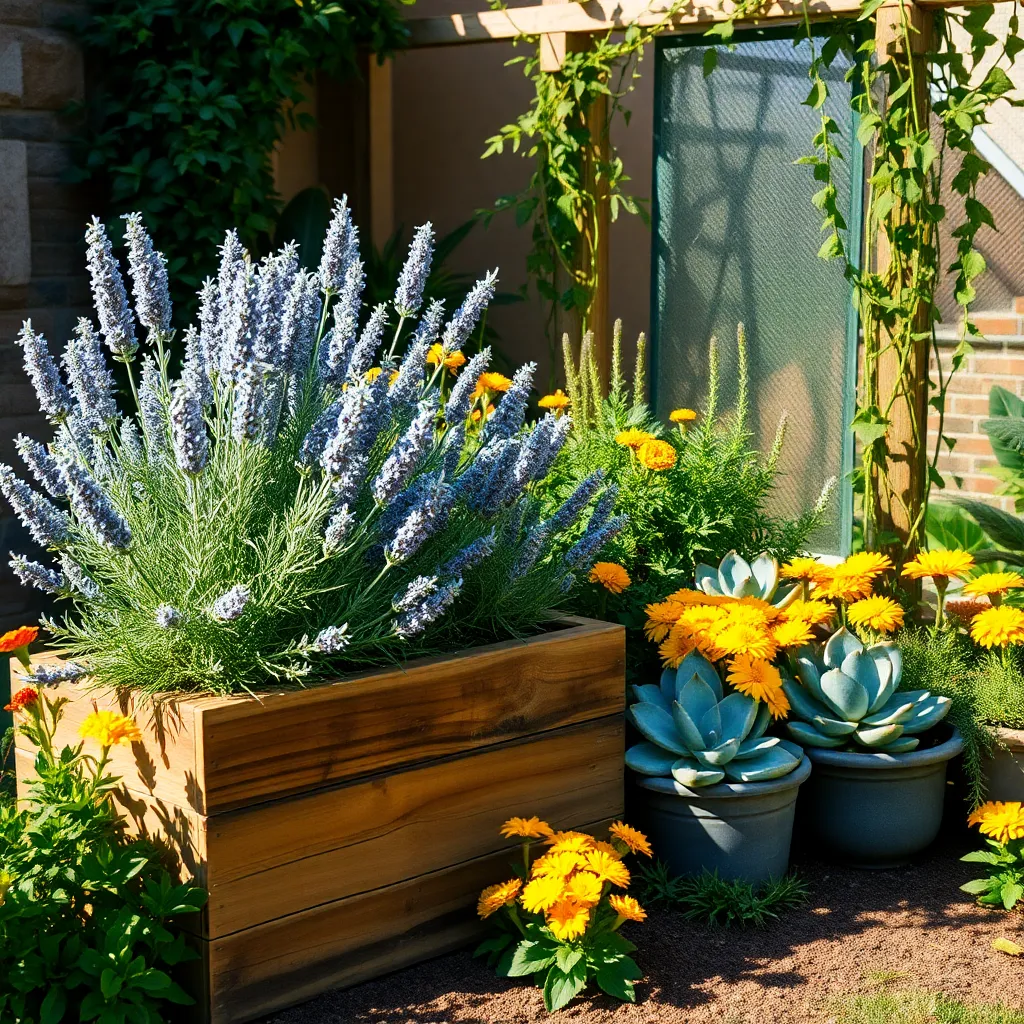
Understanding the light needs of your plants is crucial for their growth and health. Most plants are categorized into three broad light requirements: full sun, partial shade, and full shade.
Full sun plants, such as succulents and lavender, thrive with at least six hours of direct sunlight each day. When placing these plants, consider positioning them in south-facing windows or areas without obstructions like trees or buildings.
Partial shade plants, like ferns and begonias, prefer a few hours of morning sun or dappled light throughout the day. To accommodate these plants, find a spot where they can enjoy morning light but are shielded from the harsh afternoon sun.
For full shade plants, such as hostas and peace lilies, minimal direct sunlight is best. These plants can flourish in north-facing windows or under the cover of larger plants that provide protective shade.
Ensure your soil type matches the plant’s light needs to optimize growth. For instance, full sun plants often prefer well-draining soil, while shade-loving varieties might need soil that retains moisture.
Watering frequency can also be influenced by light exposure, with full sun conditions typically requiring more frequent watering. Consider using a moisture meter to avoid over- or under-watering, especially if you’re unsure about the plant’s exact needs.
Simplified Watering Tips for Beginners
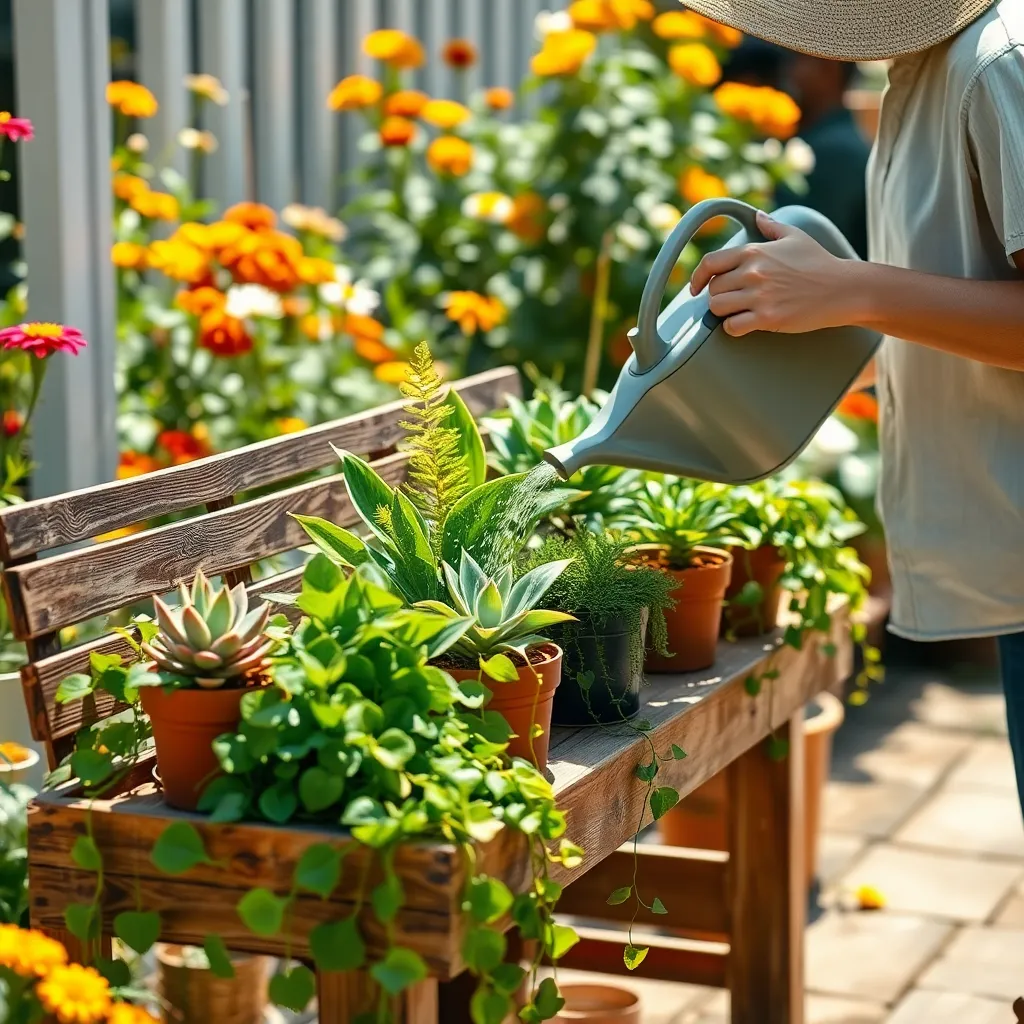
Watering your plants properly is crucial to their health and growth. Many beginner gardeners tend to either overwater or underwater their plants, which can lead to problems like root rot or stunted growth.
Start by understanding the specific water needs of each type of plant you have. For example, succulents and cacti prefer their soil to dry out completely between waterings, while ferns thrive in consistently moist conditions.
Check the soil moisture before watering by sticking your finger about an inch into the soil. If it feels dry, it’s time to water; if it’s still moist, wait a few more days.
Consider using a watering can with a narrow spout to direct water to the base of your plants, which helps prevent water from sitting on leaves and causing disease. For plants in containers, ensure they have drainage holes to prevent water from accumulating at the bottom.
Adjust your watering schedule according to the season and the plant’s growth cycle. During the growing season, plants typically require more water, while in winter, their needs often decrease.
Establish a consistent watering routine to keep your plants healthy. This not only helps to prevent under or overwatering but also makes it easier to spot any changes in your plants that might indicate other issues.
Minimal Effort Soil and Fertilizers
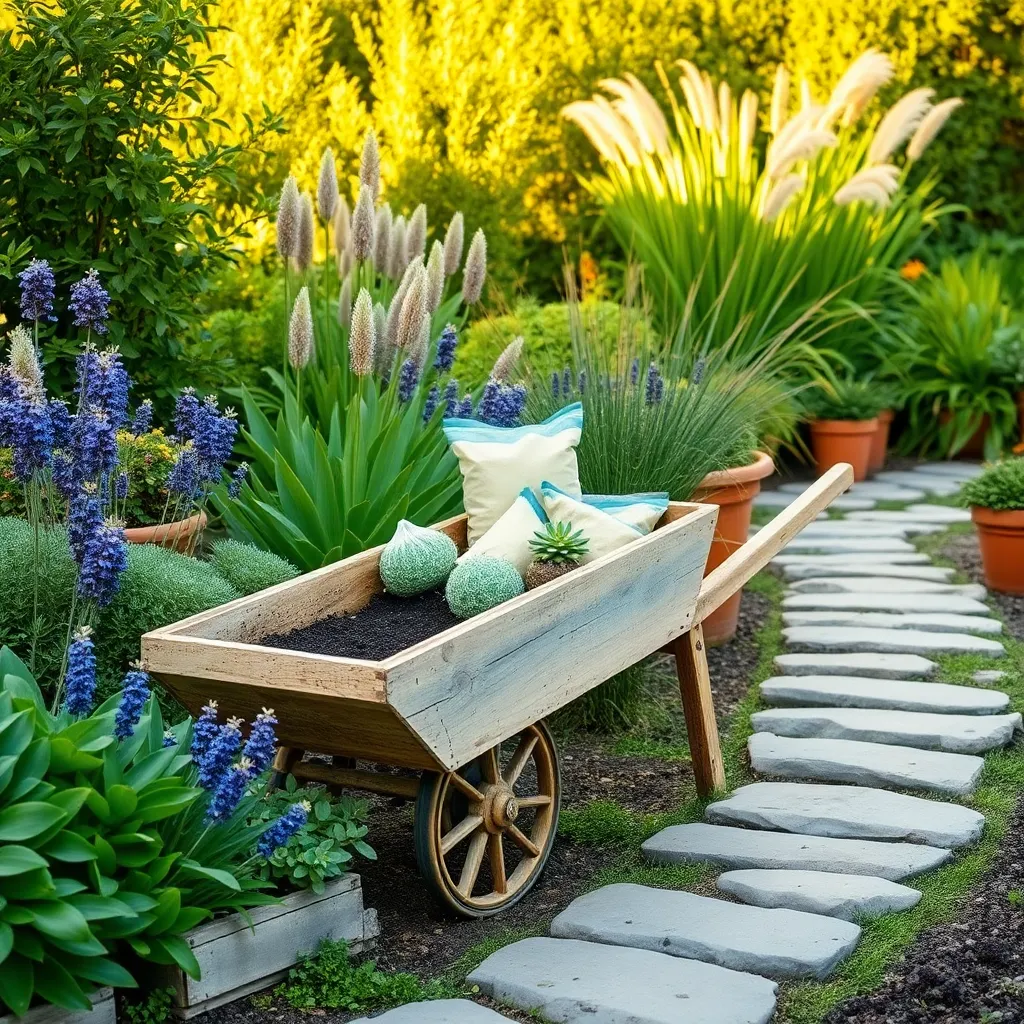
Starting with the right soil is essential for growing gorgeous, low-maintenance plants. Opt for a well-draining potting mix that retains moisture but does not remain soggy, which is ideal for most beginner-friendly plants.
If you’re new to gardening, consider using a general-purpose potting soil mixed with perlite or sand. This combination ensures good aeration and drainage, reducing the risk of root rot while maintaining adequate moisture retention.
For those looking to minimize effort, slow-release fertilizers can be a game-changer. These fertilizers gradually provide nutrients over time, meaning you only need to apply them once every few months, easing the upkeep of your plant care routine.
To enhance soil fertility naturally, incorporate organic matter like compost or well-rotted manure into your garden beds or pots. This practice not only enriches the soil with nutrients but also improves its structure, promoting healthy root growth and plant vigor.
More experienced gardeners might explore soil testing kits to determine specific nutrient needs. Understanding your soil’s pH level and nutrient content can help tailor fertilization efforts more precisely, ensuring your plants receive exactly what they need to thrive.
Pest Control with Little Hassle
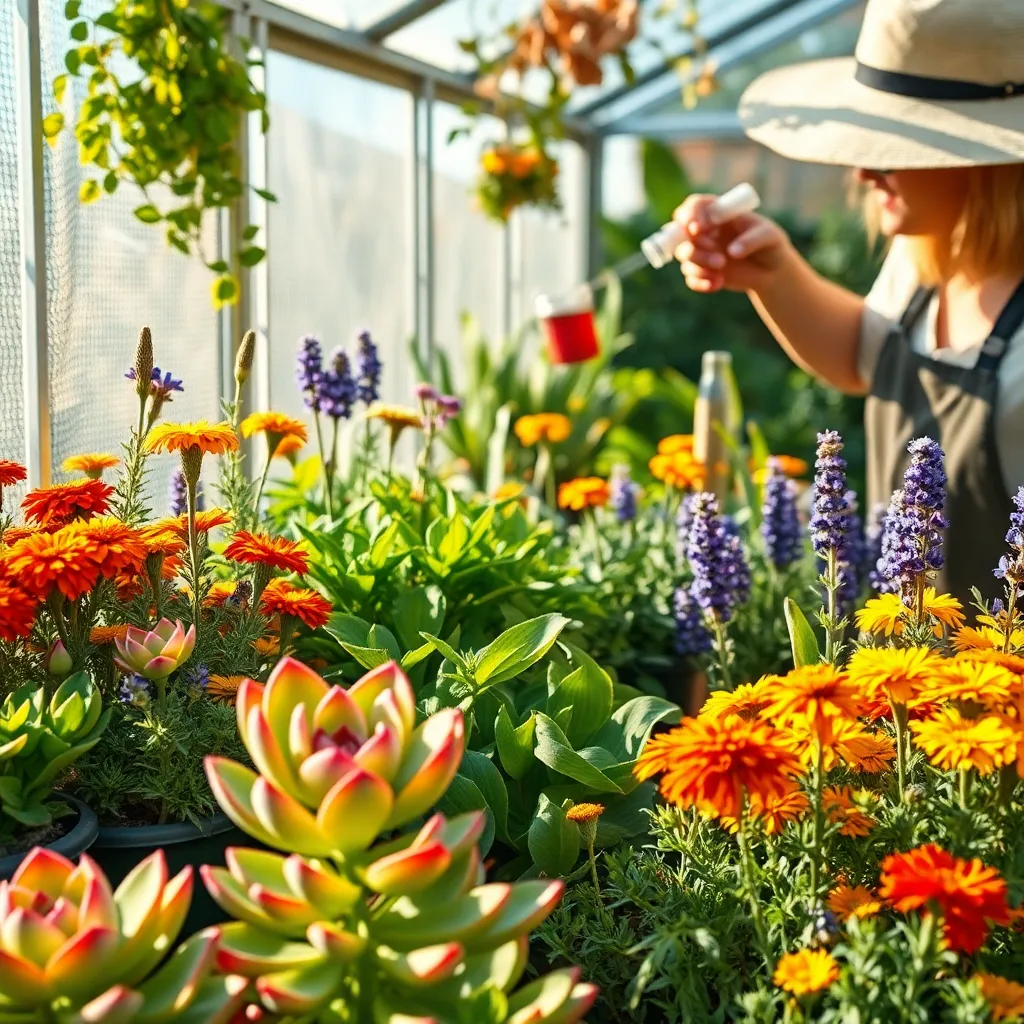
Dealing with pests doesn’t have to be a daunting task, even for beginners. Start by choosing plants known for their natural pest resistance, such as marigolds or lavender, which can effectively deter common insects.
Incorporating companion planting is another easy way to manage pests with minimal effort. Pairing plants like basil with tomatoes not only enhances growth but also keeps harmful insects at bay.
Regularly checking your plants for signs of pest activity can prevent bigger issues from developing. Look for common indicators such as discolored leaves or visible bugs, and address them promptly.
For a more hands-off approach, consider using organic solutions such as neem oil or insecticidal soap. These treatments are both effective and environmentally friendly, ensuring your garden remains thriving and healthy.
Conclusion: Growing Success with These Plants
In nurturing both your relationships and your love for plants, the article ‘Gorgeous Low-Maintenance Plants for Beginners’ offers a unique synergy of care and connection. First, it highlights the importance of patience, akin to nurturing slow-growing friendships. Second, it underscores the value of consistency in both watering your plant and maintaining daily connections with loved ones. Third, it draws a parallel between adaptability in plant care and being flexible in relationships. Fourth, it emphasizes the joy of small victories, whether it’s a new leaf or a shared laugh. Lastly, it reminds us of the resilience found in both strong plants and enduring relationships.
To make these concepts actionable, choose one plant from the article to bring into your home as a reminder of these relationship truths. Let it symbolize the growth, patience, and love you nurture daily. Bookmark this article to revisit these insights and cultivate both your green thumb and your heart.
Remember, relationships, like plants, flourish with care and attention. As you embark on this journey, may your relationships grow as beautifully and robustly as the greenery you tend to, fostering a future filled with love and understanding. Save this article to support your ongoing relationship success.
